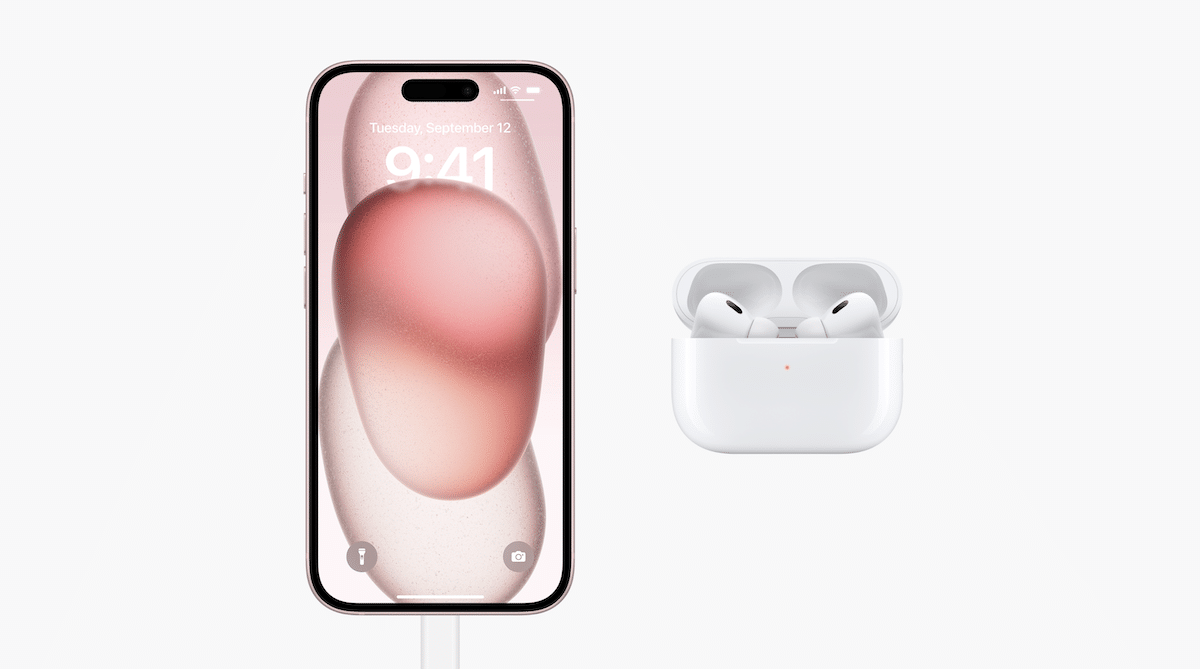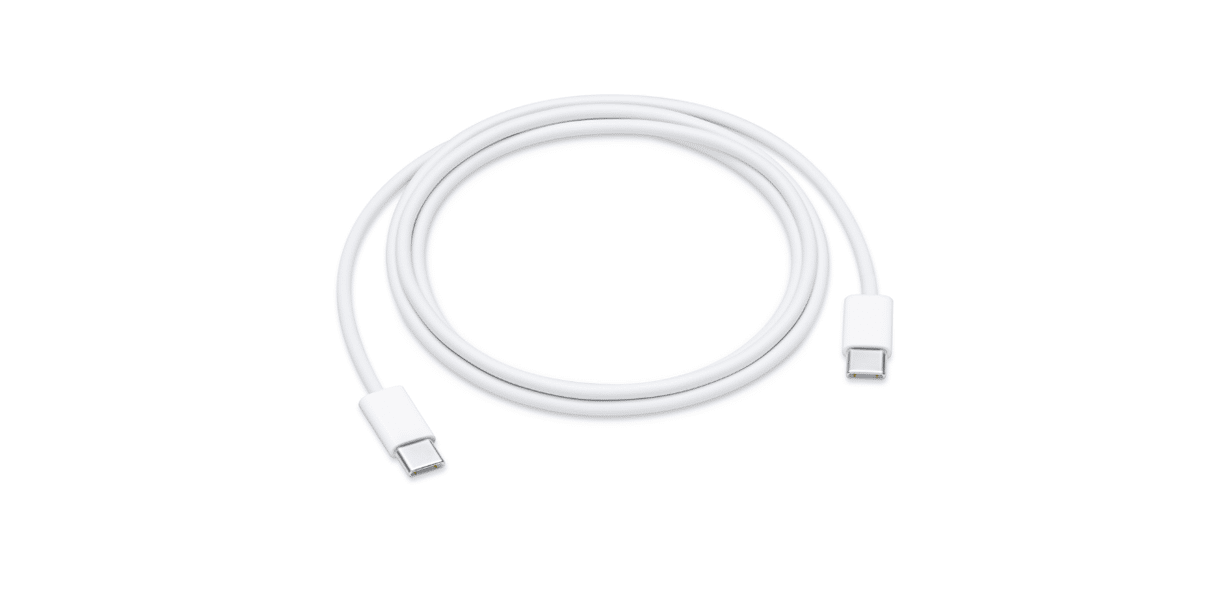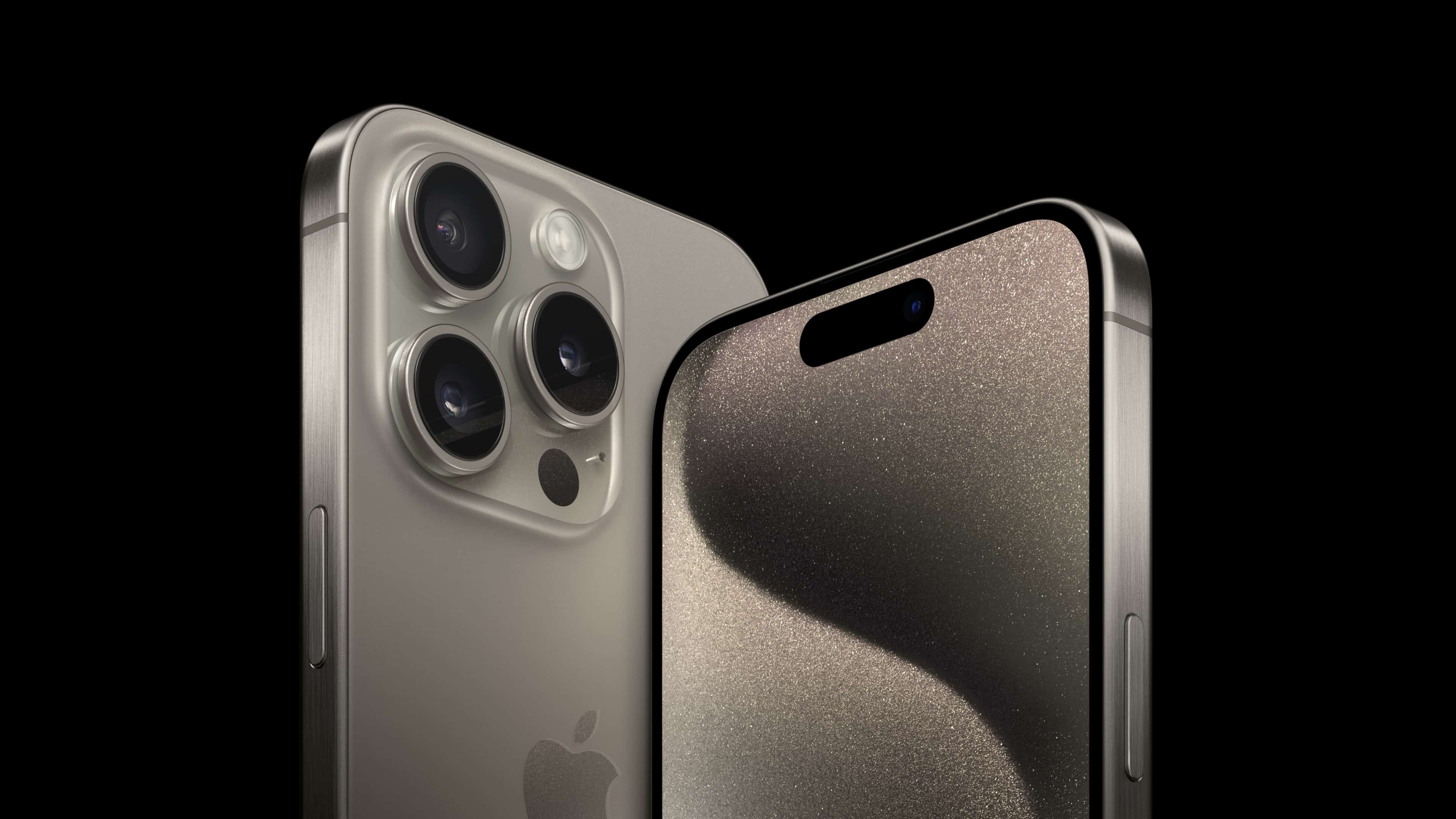Apple’s recent unveiling of the iPhone 15 and iPhone 15 Pro models brought about significant changes, notably the introduction of a USB-C port for the entire lineup. While this shift is undoubtedly a step in the right direction, it’s essential to understand that not all iPhone 15 models enjoy the same benefits when it comes to charging and data transfer speeds.

iPhone 15 Pro and Pro Max Offer faster data transfer speeds
The standard iPhone 15 models are now equipped with a USB-C port, a shift away from the familiar Lightning port. However, this change does not bring an improvement in charging speed. Data transfer over the USB-C cable on these models remains capped at USB 2.0 speeds, maxing out at 480 Mbps – identical to the previous Lightning port.
This might come as a disappointment to users who were expecting a faster charging experience with the new USB-C port. Apple has confirmed this limitation in the technical specifications for these devices.
While the standard iPhone 15 models might not see a speed benefit with the switch to USB-C, there is an undeniable convenience factor at play. With the inclusion of a USB-C port, the iPhone 15 now aligns with Apple’s existing USB-C devices, such as the iPad Pro. This means users can now rely on a single type of cable for various devices, reducing the clutter of different cables that can tend to accumulate over time.

The real USB-C advantage shines through with the higher-end iPhone 15 Pro models. These Pro models support USB 3 data transfer speeds of up to 10 Gbps over a cable. This is a significant improvement over the standard iPhone 15 models and even surpasses the capabilities of the previous Lightning port.
What’s truly unexpected and exciting is the newfound ability to record video directly to an external drive with the iPhone 15 Pro. Filmmakers and content creators will particularly appreciate this feature, as it ensures uninterrupted recording without worrying about storage constraints during a shoot. It also allows for efficient workflows, where drives can be swiftly swapped, keeping the iPhone as the primary camera on set.

In related news, Apple has also introduced a USB-C charging case for its AirPods Pro 2. Existing AirPods Pro 2 owners can purchase the case separately. It’s important to note that this case is only compatible with the 2nd generation AirPods Pro, and there’s no information about a USB-C case for the AirPods 3 or compatibility with the 1st generation AirPods Pro.